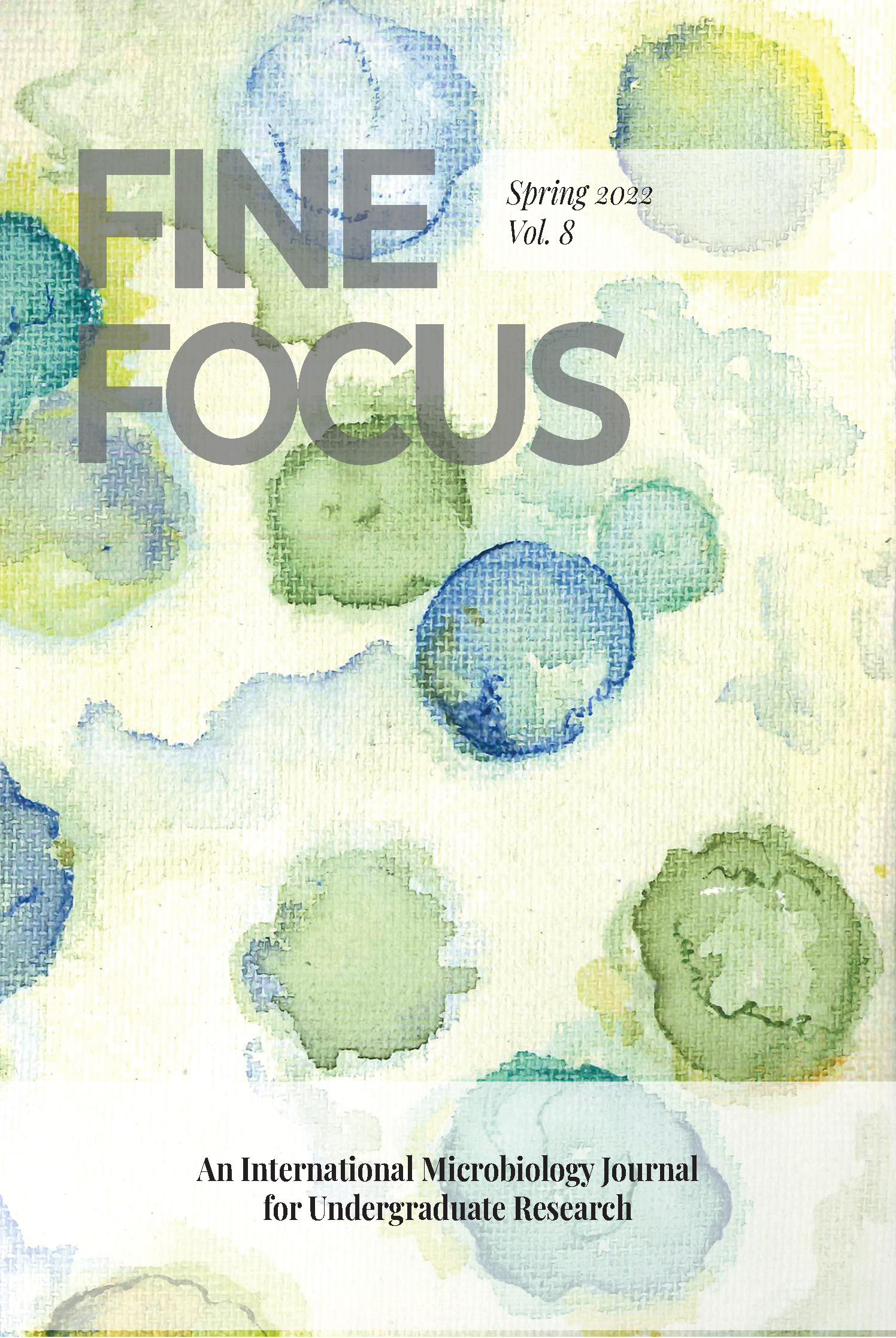The Impact of PETase’s Active Site Disulfide Bond on PET Biodegradation
DOI:
https://doi.org/10.33043/FF.8.1.86-99Keywords:
PETase; plastic depolymerization; enzyme modification; polyethylene terephthalate; PETase modellingAbstract
Plastic pollution is one of the largest problems globally, with polyethylene terephthalate (PET) plastic as one of the main sources. Effective depolymerization of PET to its monomers for upcycling is a challenge. PETase is reported to be an effective enzyme for biodegradation of PET via C-O bond cleavage of ester linkage. The role of the disulfide bond, present in PETase’s active site sequence, is unknown in the cleavage of PET’s ester linkage. To understand the role of this bond, two separate versions of PETase – one containing the disulfide bond, and the other without the disulfide bond - were modeled using PyMol™, synthesized, and tested for degradation of PET surrogate compound, bis (2-hydroxyethyl) terephthalate (BHET). Several experiments were performed in the presence and absence of phenylmethylsulfonyl fluoride (PMSF), a serine protease. The results reveal that the role of the disulfide bond in the degradation of BHET’s ester linkage is insignificant and the variation in the results (ethylene glycol yields, BHET degradation per microgram of enzyme) are within the experimental uncertainty. This finding is a stepping-stone to further modifying PETase and improving its activity towards commercial adaption of this technology for PET upcycling and creating a circular carbon economy, improving the world’s carbon footprint, and mitigating ocean and environmental plastic pollution.
Downloads
Downloads
Published
How to Cite
Issue
Section
License
Copyright (c) 2022 Kreesha Saha, Dr. Clark Gedney

This work is licensed under a Creative Commons Attribution-NonCommercial-NoDerivatives 4.0 International License.
By submitting to Fine Focus, the author(s) agree to the terms of the Author Agreement. Beginning in Fall 2018, all authors retain copyrights associated with their article contributions and agree to make such contributions available under a Creative Commons Attribution-NonCommercial 4.0 International license upon publication in Fine Focus. Copyrights to articles published prior to Fall 2018 have been transferred from the authors to Fine Focus.



